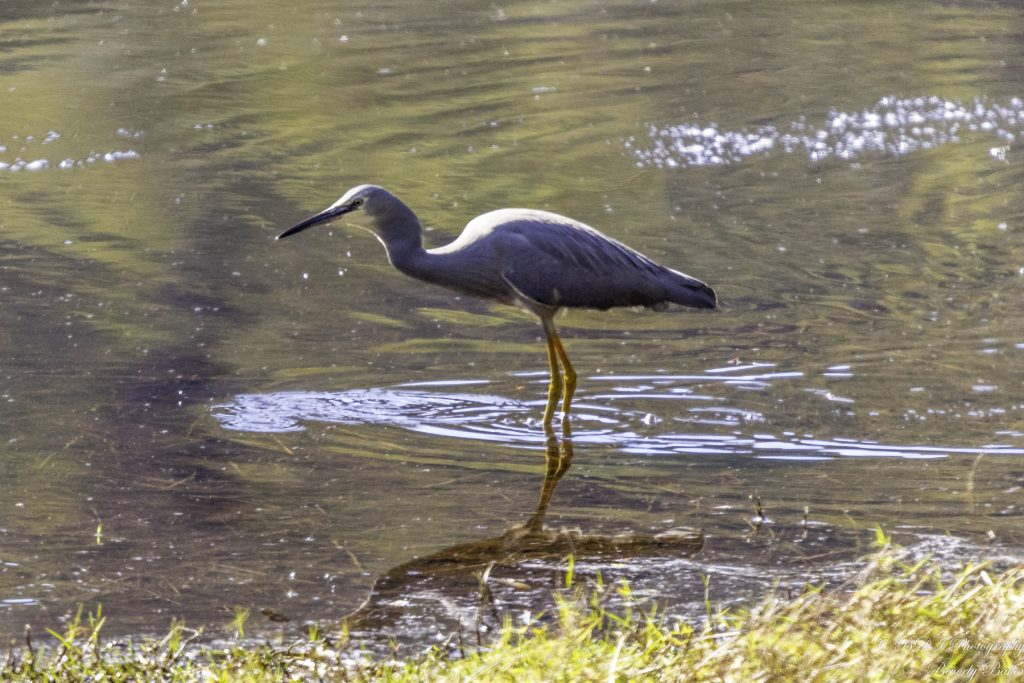Blundell’s Swamp is a 30ha Hawkesbury freshwater wetland at Lower Portland NSW. 100ha of the wetland and its catchment are owned by Blundell’s Swamp Co-op Ltd and its directors. Some members have been owners and conservators since 1974, and the Co-op was formed in 1980 with its primary objective the care and management of Blundell’s Swamp Wildlife Refuge. The Refuge was gazetted under the National Parks and Wildlife Act at around the same time.
Prior to colonisation, the Hawkesbury Valley was heavily wooded with patches of relict rainforest, replete with thousands of wetland areas large and small, permanent and ephemeral. Colonists ignorantly assumed that the lush vegetation was supported by rich agricultural soil, and cleared and drained almost all the alluvial plain, destroying the rainforest forever and exposing the infertile sandstone alluvium. Although not the largest of the surviving wetlands, Blundell’s is one of the few remaining largely untouched.

Wetlands do not share the same sandy soil of the surrounding plains. If they did they would immediately drain down to the water-table and cease to exist. Instead they are filled with a heavy layer of wetland sediment, built out of thousands of years of vegetation growth and decay, which retains water and is the basis of wetland formation. These soils are also useless for agriculture as they are highly acidic, so draining them for farming was yet another tragic failure. In their natural state they support unique ecosystems adapted to the soil and water contained in them. Blundell’s Swamp supports many species of acid-tolerant aquatic plants, including large stands of Melaleuca, and seasonal swamp vegetation at the margins. It is home to amphibians and terrapins and a huge range of insects. Non-aquatic birds are attracted to this valuable food source, and land animals feed on the lush growth at the margins.Hawkesbury wetlands are a vital summer refuge for migratory birds. Most important are the local aquatic species that can only survive drought in the West if there are coastal wetlands filled by local weather conditions. The loss of so many of these refuges causes distress and population decline, and must not be allowed to continue. Blundell’s has provided regular habitat for black duck, wood duck, little grebe, black swan, swamp hen, plover, white-faced heron, white necked heron, hawks, pelicans, sea eagles, and on occasion wedge-tailed eagles and many other species. Blundell’s Swamp has high conservation value as noted in many studies, for example the Conservation Value of Natural Vegetation along the Hawkesbury Nepean River by the Royal Botanic Gardens. It is zoned Environmental 2 (environmentally important private land) by Baulkham Hills Council.